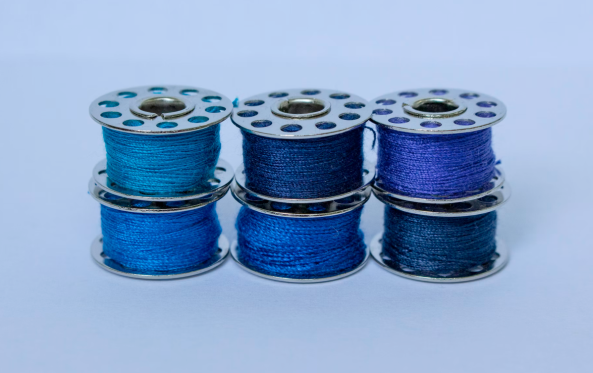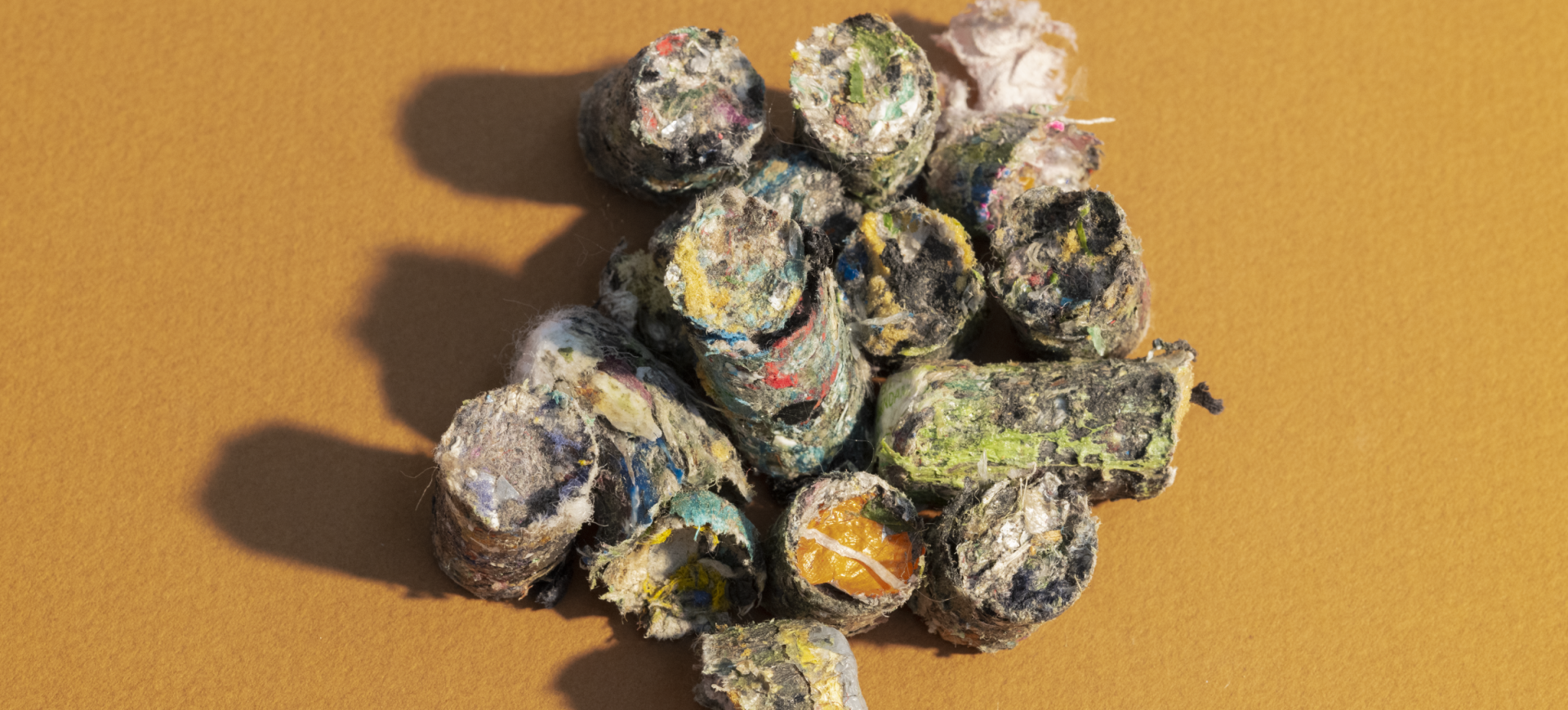SFR: a solution to recover non-reusable and non-recyclable textile waste.
Foreword: flows in the Textile Sector
In France in 2021, 715,290 tonnes of textiles, household linen and footwear were put on the market. Of the 244,448 tonnes collected (i.e. 34% of the potential deposit), nearly 2/3 were sorted in the 66 sorting centres in France and Europe. Sorting is therefore an essential step, as it determines the treatment methods that can be used to give a second life to textiles, household linen and footwear.
While 57% of the quantities are reused and 32% are recycled, approximately 11% of the volumes deemed non-reusable and non-recyclable are directed towards so-called energy recovery routes, including Solid Recovered Fuels (8.7%).
What are Solid Recovered Fuels?
SRFs are defined as solid non-hazardous waste, composed of waste that has been sorted in order to extract the fraction that can be recovered in the form of material under the technical and economic conditions of the time, prepared for use as fuel (Article R541-8-1 of the Environmental Code).
In order to respect the hierarchy of waste treatment methods, waste can only be recovered in SRF when reuse and material recovery (in particular recycling) are impossible.
Why are SRF interesting?
The primary objective of SRF is energy production. Indeed, with its high calorific value, SRF acts as a real substitute energy for fossil fuels to produce heat and/or electricity, thus reducing CO2 emissions thanks to a local, low-carbon energy produced from waste.
Resulting from a mixture of different wastes, SFR can contain up to 40% of used textiles!




